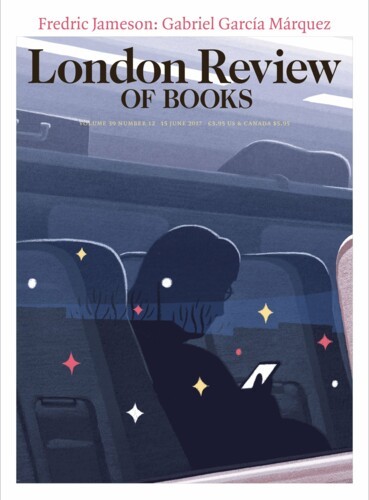Mend and Extend
Jonathan Rée: Ernst Cassirer’s Curiosity, 18 November 2021
The Philosophy of Symbolic Forms
by Ernst Cassirer, translated by Steve G. Lofts.
Routledge, 1412 pp., £150, September 2020,978 1 138 90725 6 Show More
by Ernst Cassirer, translated by Steve G. Lofts.
Routledge, 1412 pp., £150, September 2020,
“... faced down conservative prejudice to offer work to a Jewish refugee like him. His Yale colleague Charles Hendel was relieved to find that Cassirer was ‘not a prima donna’ (unlike ‘many European professors’), and indeed that he ‘liked his students’ and was working on his spoken English in the hope of better ... ”
